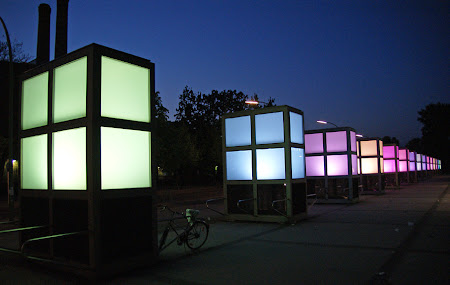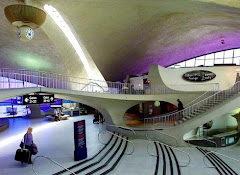Macs have come a long way since their inception on April 1st, 1976 . With Mr. Jobs' evangelist like approach, Apple's surge has helped creep its way further into the architecture world. A little over a year ago, Apple introduced its machines with the latest in Intel technology. This allowed Autodesk users to run their products via virtualization or Bootcamp.Of course there are advantages and disadvantages with Bootcamp and Parallels. In this post, I will primarily cover Parallels and how it interacts with Revit. First we need to get the specs out of they way. I currently run off of a Macbook Pro 17 inch Intel Core 2 Duo with 2 GB of memory and a NVIDIA graphics card at 256 VRAM.
Parallels has designed three different methods to run Windows and other platforms. Coherence, full screen, and single window are the three choices or views to select from. Running in coherence mode allows Windows apps to run while working in the Mac environment. Applications execute and populate as if they were in their own native setting.
Here is the setting with Parallels running in full screen. I particularly like this mode because it allows me to use a dual monitor set up where I can utilize both worlds. Depending on how you set this up, you can allow file sharing between the two platforms. I find this view to be best suited for those working with Revit and image/design applications such as the Adobe CS3 package.
Others tend to utilize the single window view. While this method allows you to control Windows programs, it corrals all applications within a single window, which can lead to confusion at some levels. In this mode you cannot maximize views and work efficiently while in Parallels. Below is an image of a single window view.
Finally we come to coherence view. This view works well when you do not have a dual monitor set up. This setting will allow users to execute Windows apps while in OS X. Notice that in this mode, you will be able to access and view the Windows start menu and bar.
No matter which view you work in, Parallels provides users the ability to work in a dual environment. In my experience, Revit has run at optimal performance while experiencing no latency. I am able to work with files in both platforms creating an efficient and productive workflow. If you are wondering about breaking the Autodesk EULA then no worries, I have been advised by Autodesk that it does not break support or license agreements!

Friday, March 7, 2008
...Comparing Apples to Oranges...umm Windows
Subscribe to:
Post Comments (Atom)









No comments:
Post a Comment